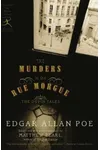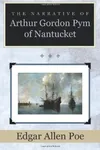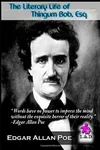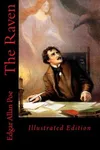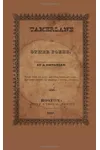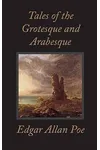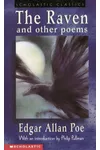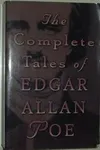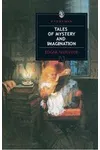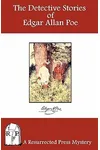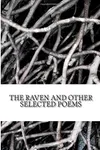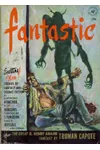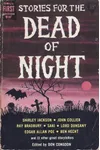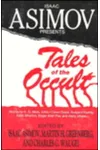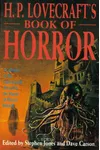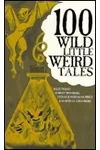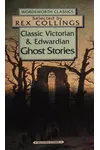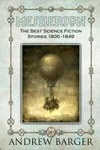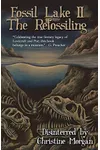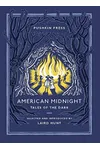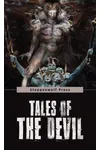Picture a brooding American storyteller whose tales of mystery and madness still haunt readers—meet Edgar Allan Poe! Born in 1809, Poe pioneered Gothic literature and detective fiction with works like The Raven and The Tell-Tale Heart. His life, as enigmatic as his stories, was marked by tragedy, genius, and a mysterious death that only deepens his legend.
From his chilling narratives to his poeticව
Poe’s stories grip you like a heartbeat under the floorboards, pulling you into worlds of psychological depth and suspense. Let’s dive into the life and legacy of this literary icon!
The Making of Edgar Allan Poe
Edgar Allan Poe was born on January 19, 1809, in Boston, Massachusetts. Orphaned at a young age, he was taken in by the Allan family in Richmond, Virginia, though his relationship with his foster father was strained. Poe’s early life was a whirlwind of ambition and hardship—he attended the University of Virginia but left due to debts, then joined the army before pursuing writing. His first collection, Tamerlane and Other Poems, published in 1827, marked the start of a career that would redefine storytelling.
Influenced by Romanticism and his own tumultuous life, Poe’s writing explored themes of death, loss, and the human psyche. His struggles with poverty and personal demons fueled his dark, introspective style, making his work deeply personal and universally resonant.
Edgar Allan Poe’s Unforgettable Stories
Poe’s stories and poems are masterpieces of mood and suspense. The Raven (1845), a narrative poem, tells of a man tormented by a raven croaking “Nevermore,” blending grief and Gothic atmosphere. The Tell-Tale Heart (1843) is a chilling tale of guilt, where a murderer’s paranoia betrays him as he hears his victim’s heartbeat. The Fall of the House of Usher (1839) weaves decay and dread, with its crumbling mansion mirroring the Usher family’s decline.
Poe’s style is precise yet evocative, using vivid imagery and unreliable narrators to unsettle readers. He also invented the modern detective story with The Murders in the Rue Morgue (1841), introducing the brilliant sleuth C. Auguste Dupin. His works blend Gothic horror with psychological insight, captivating readers with their eerie elegance.
Poe’s tales often explore mortality and the subconscious, reflecting his fascination with the macabre. His ability to craft suspense and probe human fears set him apart as a literary trailblazer.
Why Edgar Allan Poe Matters
Poe’s influence on literature is immense. He shaped Gothic and detective fiction, inspiring writers like Arthur Conan Doyle and Stephen King. His exploration of the human mind prefigured psychological thrillers, and his poetic rhythms influenced Symbolist poets. Beyond literature, Poe’s themes permeate pop culture, from films to music, cementing his status as a cultural icon.
His mysterious death in 1849 at age 40—found delirious in Baltimore under unclear circumstances—only amplifies his mystique. Poe’s legacy endures because his stories tap into timeless fears and emotions, inviting readers to confront the darkness within.
About Edgar Allan Poe
- Born: January 19, 1809, Boston, Massachusetts
- Died: October 7, 1849, Baltimore, Maryland
- Key Works: The Raven, The Tell-Tale Heart, The Fall of the House of Usher, The Murders in the Rue Morgue
- Genres: Gothic literature, detective fiction, poetry
Snag The Raven or The Tell-Tale Heart and dive into Poe’s haunting world of mystery and madness!
